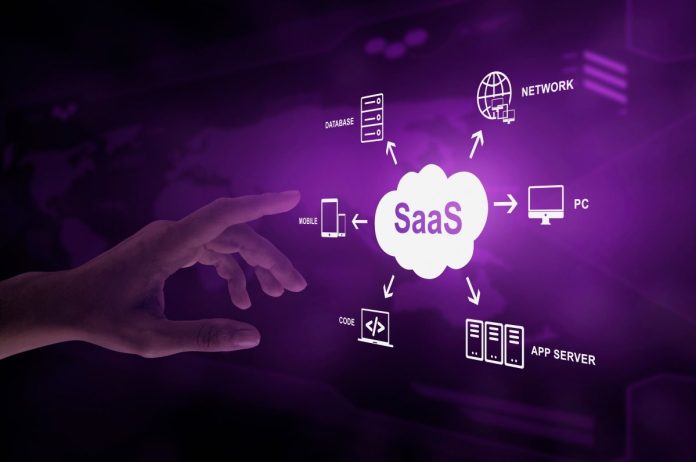In the rapidly evolving world of technology, Software as a Service (SaaS) has gained immense popularity. SaaS software development offers businesses a flexible and cost-effective solution to meet their software needs.
In this article, we will provide a step-by-step guide to help you understand the process of SaaS software development and how it can benefit your organization. Whether you’re looking for a SaaS software development company or considering IT staff augmentation services, this guide will offer valuable insights.
Table of Contents
What is a SaaS solution?
SaaS, or Software as a Service, is a software distribution model where applications are hosted by a SaaS software development company and made available to customers over the Internet.
With SaaS, users can access software applications through a web browser without the need for installation or maintenance on their local devices. This model provides businesses with scalable, on-demand access to software functionality, freeing them from the burden of infrastructure management.
Advantages of SaaS
SaaS offers several advantages over traditional software development models.
First and foremost, it eliminates the need for upfront investments in hardware and software licenses. This cost-effective approach allows businesses to allocate resources more efficiently.
Additionally, SaaS solutions offer seamless scalability, enabling organizations to easily accommodate growth or fluctuations in user demand.
Moreover, SaaS software development services often provide regular updates and maintenance, ensuring that businesses have access to the latest features and security enhancements without any additional effort.
Determining if your company is ready for SaaS software development
Before embarking on the journey of SaaS software development, it’s essential to evaluate whether your company is ready for this transition. Consider the following factors:
- Business Objectives: Align SaaS software development with your strategic goals to ensure it supports and enhances your business objectives.
- Cost Analysis: Conduct a comprehensive cost analysis to determine the financial viability of adopting a SaaS solution. Evaluate the upfront costs, ongoing expenses, and potential return on investment.
- Scalability: Assess your organization’s scalability requirements. SaaS solutions are designed to accommodate growth and can easily scale as your business expands.
A step-by-step guide to SaaS software development
- Define Requirements: Identify your business needs and objectives. Document the specific functionalities and features you require from the SaaS solution.
- Choose a SaaS Provider: Research and select a reputable SaaS software development company that aligns with your requirements. Consider their expertise, track record, and customer reviews.
- Design and Architecture: Collaborate with the SaaS provider to design the architecture of your software solution. Define the user interface, data flow, and integration points.
- Development and Testing: The SaaS software development company will commence the development process, creating the software according to the defined requirements. Rigorous testing should be conducted to ensure the functionality and quality of the software.
- Deployment and Configuration: The SaaS solution is deployed on the provider’s infrastructure. Configuration settings are established, and integration with existing systems is implemented.
- User Training and Support: Provide comprehensive training to your users on how to effectively utilize the SaaS solution. Additionally, ensure that ongoing support is available to address any queries or issues that may arise.
- Data Migration: If applicable, migrate existing data to the new SaaS solution. Ensure a smooth transition by carefully planning and executing the data migration process.
- Security and Compliance: Implement robust security measures to protect sensitive data. Ensure compliance with relevant regulations and industry standards.
Wrapping up
SaaS software development services offer businesses a range of benefits, including cost-effectiveness, scalability, and reduced maintenance efforts. By carefully assessing your readiness, defining requirements, choosing a suitable SaaS software development company, and following a step-by-step approach, you can successfully develop and deploy a SaaS solution that meets your organization’s needs. Embrace the power of SaaS to drive innovation, streamline operations, and propel your business forward in the digital era.














